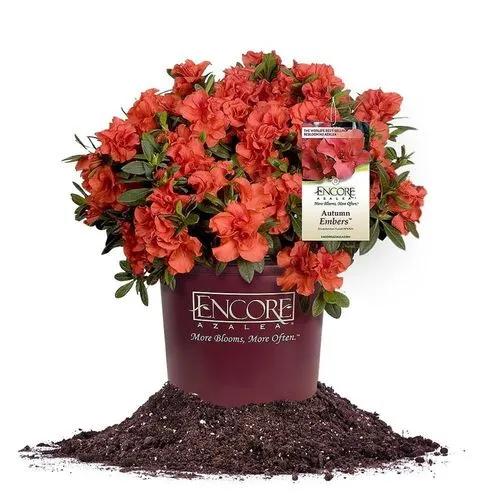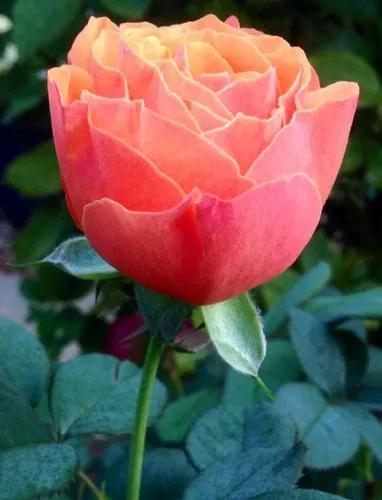Saponaria officinalis is a common perennial plant from the family Caryophyllaceae. This plant has many common names, including common soapwort, bouncing-bet, crow soap, wild sweet William, and soapweed. There are about 20 species of soapworts altogether.
Soapwort Care
Saponaria officinalis



The scientific name Saponaria is derived from the Latin sapo (stem sapon-) meaning "soap", which, like its common name, refers to its utility in cleaning. From this same Latin word is derived the name of the toxic substance saponin, contained in the roots at levels up to 20 percent when the plant is flowering (Indian soapnuts contain only 15 percent). It produces a lather when in contact with water. The epithet officinalis indicates its medicinal functions. It is a common host plant for some moth species, including the white-lined sphinx.
Saponaria officinalis' native range extends throughout Europe, and in Asia to western Siberia. It grows in cool places at low or moderate elevations under hedgerows and along the shoulders of roadways. It can be found as a horticultural escape and noxious invasive in much of North America.
This plant might be poisonous
How to get rid of: It spreads rapidly and replaces plants of greater value, but you may know of this. An alternative to planting bouncing bet is Garden Phlox (Phloxpaniculata). As a weed, bouncingbet or soarpwort is on the Colorado noxious week list B and is required to be either eradicated, contained, or suppressed depending on the local level of infestation.
How to Care for the Plant

Popularity

1,215 people already have this plant 265 people have added this plant to their wishlists
Discover more plants with the list below
Popular articles






